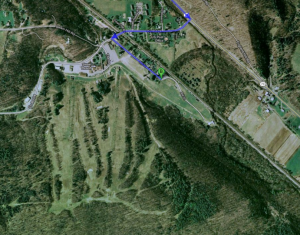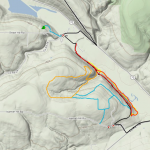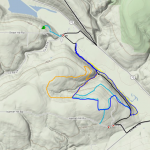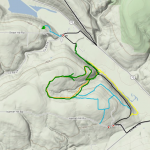During this week, in our northern hemisphere, the winter season will officially end, and give way to spring. This is known as the vernal equinox, when, in the earth’s revolution around the sun, neither pole is tilted toward the sun, which passes over the zenith in the sky, at the equator, and days and nights are each 12 hours long, all over the world.
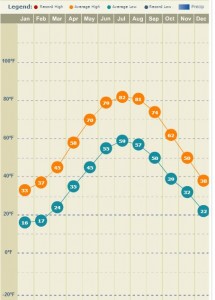 The same thing happens around this time, in September, the autumnal equinox. The 23 degree tilt of the earth’s axis is what causes seasons. In winter, the sun is lower in the sky. Its heat has to pass through more air, which reduces the amount of heat reaching the surface. In summer, with it being high in the sky and its heat going through less air, we get more of it.
The same thing happens around this time, in September, the autumnal equinox. The 23 degree tilt of the earth’s axis is what causes seasons. In winter, the sun is lower in the sky. Its heat has to pass through more air, which reduces the amount of heat reaching the surface. In summer, with it being high in the sky and its heat going through less air, we get more of it.
During the 2 equinoxes, the sun is in the same position in the sky. You would, therefore, expect that the climate in March and September would be about the same. Yet, we all know that it’s much warmer in September (about 74), than it is in March (about 45) (see chart). As I’m writing this, a winter storm is dumping snow at my doorstep. In September, we’re still planning outside barbecues and swimming in the lake. Why then, is September so much warmer, than March?
The answer is that water is a poor conductor of heat, and the air, in this part of the world, is quite humid. This humid air resists the heat of the sun, as it rises higher in the sky, from December to June. But, the humidity also holds the heat in, as the sun gets lower from June, to December. The phenomenon is called seasonal lag. In the desert, where the air is dry, it’s very hot during the day, and freezing cold, at night, as any GI, who’se been to Iraq, can tell you.
So, time to put away the skis and get out the kayaks, as we enjoy the gradual return of the warm season, together, on Sunday afternoons.

 Migrating amphibians, already threatened by a fungus, would be threatened even more by losing the shelter and moisture they need. In New York, many thousands of hemlocks have already been killed, in the southeast part of the state. They have been found as far west as Yates County.
Migrating amphibians, already threatened by a fungus, would be threatened even more by losing the shelter and moisture they need. In New York, many thousands of hemlocks have already been killed, in the southeast part of the state. They have been found as far west as Yates County.